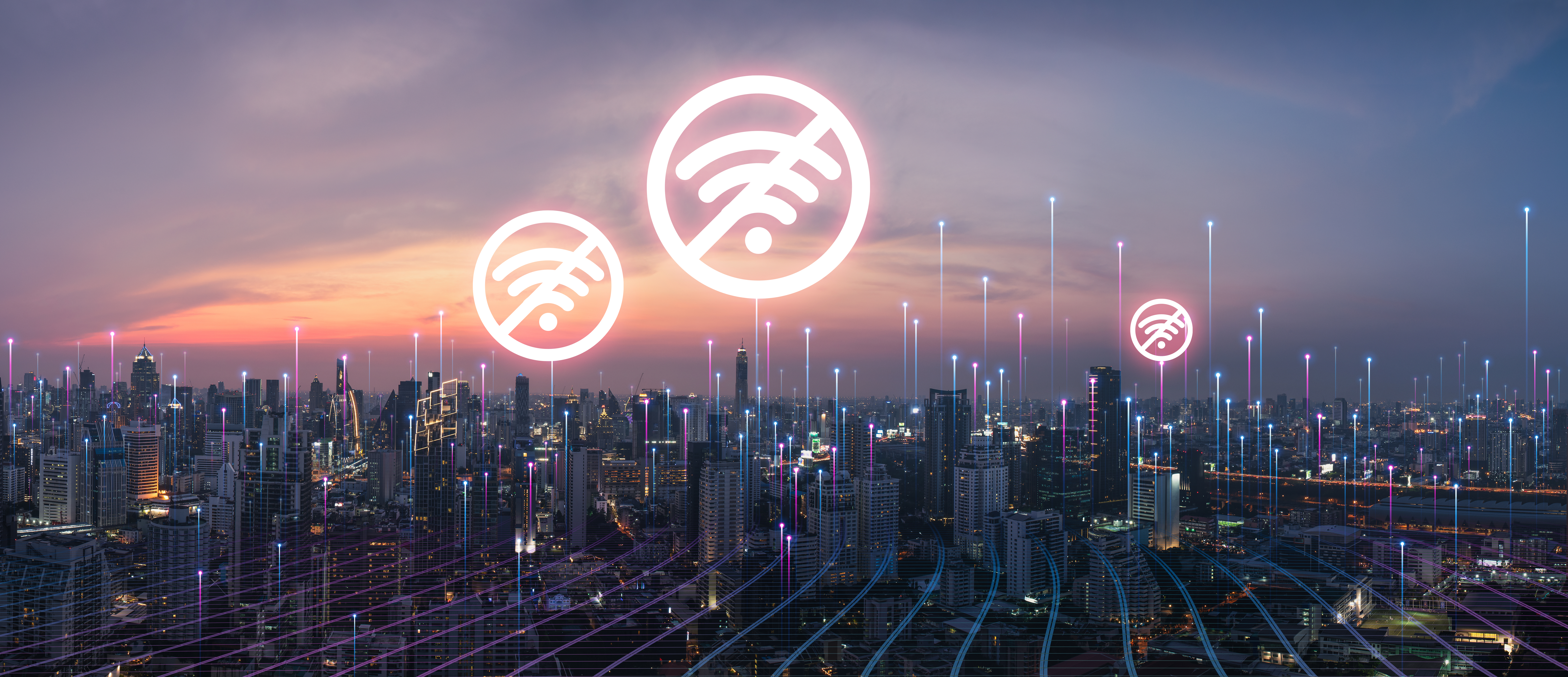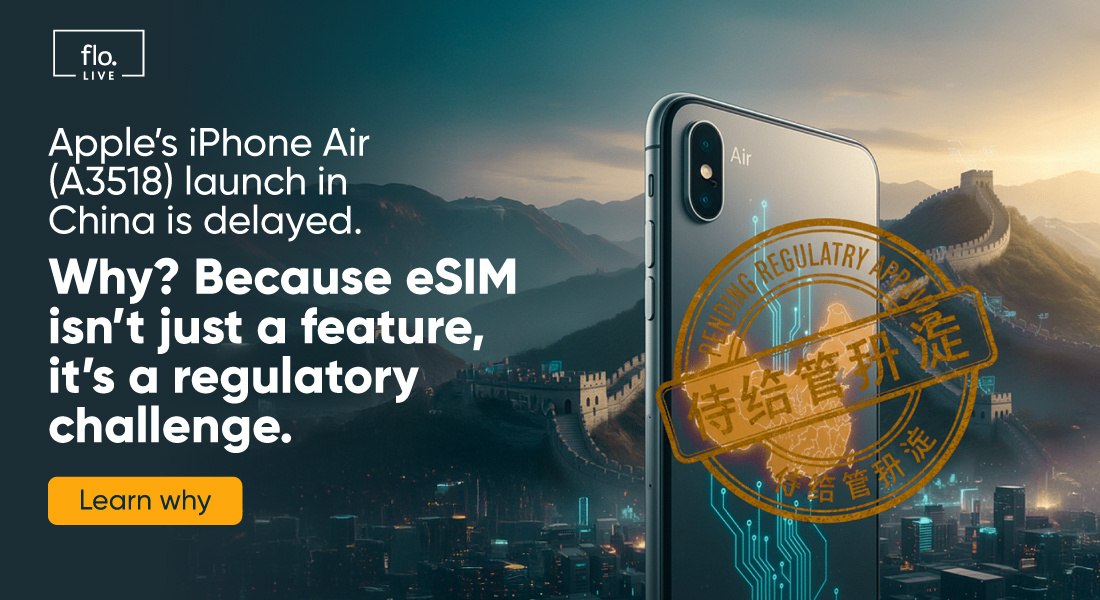Page Contents
Are your devices protected against the Permanent Roaming ban?

Page Contents
IoT devices are often deployed across international borders or designed to travel from country to country, such as in telematics or shipping; this requires global connectivity.
While devices in motion may move between countries, it is those stationary devices such as smart meters, EV charging stations, in-country asset trackers, smart home appliances and others that typically come equipped with a roaming SIM provided by a mobile operator or other connectivity provider.
With the evolution of IoT and the exponential growth in the number of connected devices, certain countries and also several independent mobile operators have applied a “Permanent roaming Ban”, which essentially allows a device to roam on their networks for a limited period, typically weeks or months. After this period, which ranges between 3 to 6 months, permanently roaming devices are simply disconnected from the visited network and can no longer regain connectivity.
For the majority of connected devices that are unattended by a person, this could be a disaster – imagine having to replace the SIMs in 200,000 devices in the field in terms of cost, labour and downtime, and this is for plastic SIMs; with embedded SIMs this task may be simply impossible!
Types of Permanent Roaming Bans
When planning your global IoT strategy, one must be aware of local and regional requirements and regulations and carefully select the connectivity provider that will ensure devices are not thrown out of any network during their lifespan.
Regulatory aspects
Some countries like China, Brazil and Turkey have enacted laws that limit the amount of time a device can roam. Afterwards, the SIM card or even a range of SIM cards under one account will be blocked. If this happens, you will have to periodically switch out the SIMs or replace the device completely, which is costly.
Motivation for these types of bans may be for tax reasons or to protect local laws, like privacy and data management issues, as well as protect and bolster the local telecom market. However, these regulatory statutes can cause significant problems for IoT devices, especially when it comes to cross-border data requests.
How data is stored and where data is stored is increasingly under scrutiny by governments. Recent legislation, such as the EU’s General Data Protection Regulation (GDPR), the Australian Federal Privacy Act, Brazil’s Lei Geral de Proteçao de Dados (LGPD) and the California Consumer Privacy Act (CCPA), is among the more stringent rules. 71% of all countries now have data privacy laws while another 9% have legislation pending.
Commercial aspects
In countries like Australia, UAE, and the U.S., operators themselves have created their own permanent roaming ban. The main difference here is that there are no real fines and punishments from the government, although the operator could either enforce the ban or substantially increase its fees.
While most mobile operators have roaming agreements with each other, they were designed to facilitate smartphones that are temporarily roaming. Some SIMs in IoT devices, however, require permanent roaming to deliver on their goals, which can subject them to disconnections and higher fees. For example, there may be legal fees, reconnection charges, and increased access charges. In some cases, it may constantly require having to replace SIMs.
How to make sure you are protected against bans?
Protecting yourself against a ban requires you to understand the rules and regulations in each jurisdiction where your IoT devices will be employed.
The right IoT connectivity provider would offer global connectivity that is based on commercial agreements and integration with each of the local operators within the countries you plan to operate. This can work around permanent roaming restrictions by designating devices as local when they are in specific territories and avoiding having to return devices to home networks or switch out SIM cards.
Make sure your connectivity provider provides LOCAL coverage in as many countries and regions as possible, and specifically in those countries that enforce Permanent Roaming bans; the number of such countries is constantly growing, so ensure your connectivity solution is built to support any future changes.
Other solutions include:
- If you have a local profile from a local mobile network operator (MNO), it means your devices will use these profiles and thus become “localised.”
- If you need to connect in multiple territories, you may need to adopt a multi-IMSI strategy, allowing the SIM in your device to use multiple profiles from multiple providers.
- While eUICC may also be a valid alternative, technical complications as well as high associated costs may be prohibitive to your business, especially if your devices’ data consumption is very low.
Red flags
There are also a couple of red flags you should look for.
If an IoT connectivity provider says it has coverage across 600 networks in 180 countries, they are likely to rely too much on roaming. The more relations your connectivity provider has with local carriers, the more you’ll be protected against permanent roaming bans, as well as any possible infringement of local data laws such as Privacy, Data Sovereignty, etc.
If a provider is hesitant or avoids answering your questions about local mobile operators, it should also be a warning. Unfortunately, some providers are choosing to bypass rules or simply are not well versed in the ramifications.
Conclusion
Permanent roaming bans are a big issue and spread across many countries, either by regulation or by operator initiation, thus must be considered anytime you deploy an IoT device outside your home network.
It needs to be part of your core connectivity to make sure your devices will connect and will remain connected.

Join Our Newsletter
Get the latest tips and insights in our monthly newsletter.









